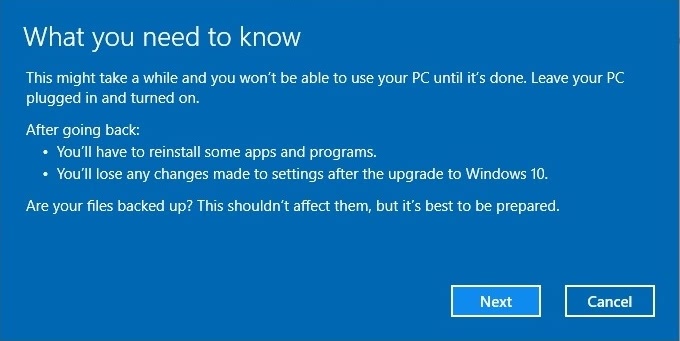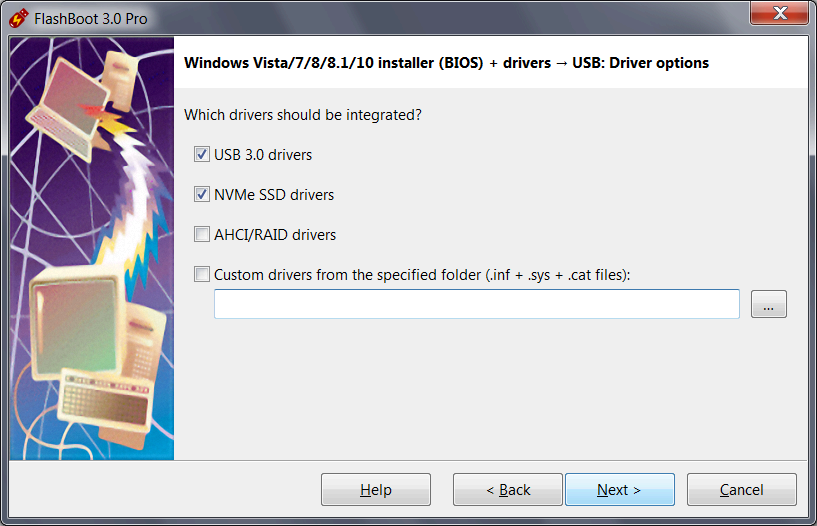

However, if resetting your computer does not get rid of the issue/incompatibility or if you are simply intent on downgrading Windows 10 because, say, you simply don’t like it, don’t worry as that too is possible. If asked to choose between a Just remove my files option and a Fully clean the drive option, click on Fully clean the drive.Ĭlick on Reset on the next screen and let the reset process go through. This option may also be presented as Reset your PC. On the next screen, click on Reset this PC.

Your computer will restart and boot into a screen with three options. While holding down the Shift key, click on Restart. The following are the steps you need to complete in order to reset a Windows 10 computer, but be sure to backup any data that you don’t want to lose before you begin: If that is the case, before considering something as drastic as a downgrade, you should try resetting your computer first, removing all of the data and apps on your computer in order to maximize your chances of fixing the issue/incompatibility. While the 30 days Microsoft gives users to decide whether or not they like Windows 10 are extremely generous, there is a chance that the user may encounter an incompatibility or a significant problem with Windows 10 after the rollback period expires. These folders occupy around 30 gigs of storage space, which is why Windows deletes them as soon as your 30 day rollback period expires, removing your option to downgrade to your previous version of Windows from the Update & security section of Settings. When you upgrade to Windows 10 from an older version of the OS, the version of Windows you upgraded from is stored in hidden folders named Windows.old, $Windows.~BT and $Windows.~WS located in your computer’s root directory.

While almost every Windows user who upgrades to Windows 10 for free likes the finished product that is Windows 10, it is entirely true that Windows 10, for many users, can be plagued with incompatibilities and issues which can cause such users to basically need to downgrade. Microsoft knows exactly how tough it can be to make peace with change, which is the reason why, on top of offering free Windows 10 upgrades to all licensed Windows 7 and 8.1 users, the company quite generously also provides users who have upgraded to Windows 10 for free with a 30-day rollback period during which they can test Windows 10 out, and downgrade back to Windows 7 or Windows 8.1 (whichever they upgraded from) if they don’t like it.


 0 kommentar(er)
0 kommentar(er)
